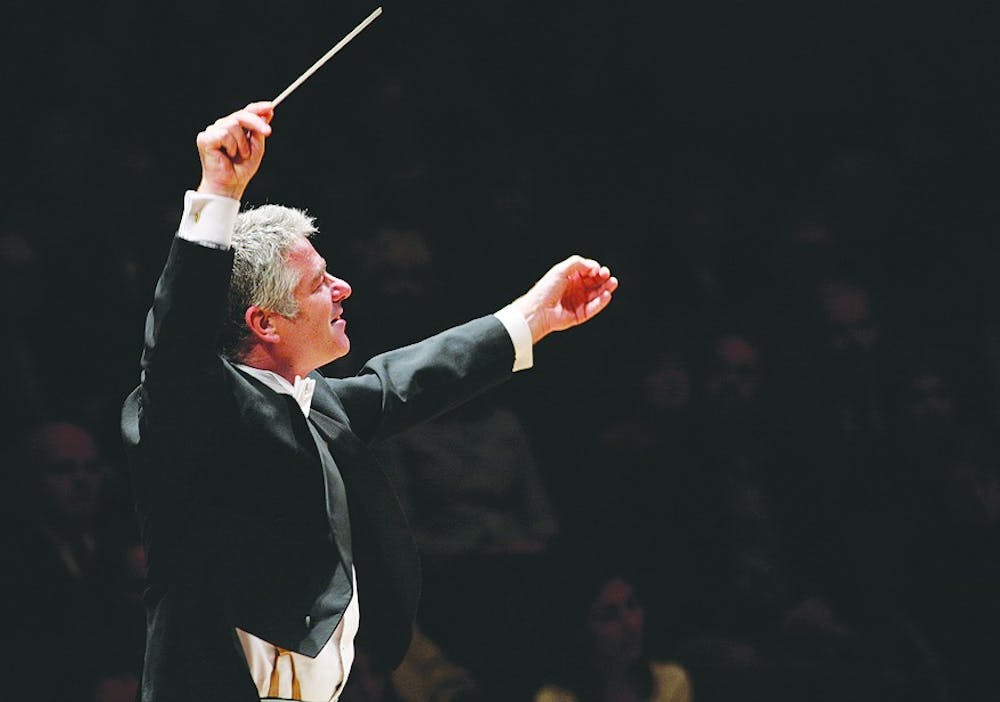It is a history of conspiracy theories, controversy and artistic evolution.
Since its 1913 premiere in Paris, Vaslav Nijinsky and Igor Stravinsky’s “The Rite of Spring” has been celebrated as a musical landmark of the 20th century.
Thursday night it will be celebrated again at Memorial Hall, when the North Carolina Symphony performs the music from the controversial ballet for the The Rite of Spring Centennial.
This centennial performance, however, is quite unlike other centennial celebrations that are likely to come to university campuses, said guest lecturer Letitia Glozer, who will be giving a pre-performance lecture in Gerrard Hall.
“We regularly have centenaries around the birth of an author, or a composer or an artist,” Glozer said.
“But this entire centenary worldwide is around one piece of music — that’s unprecedented.”
In the century since “The Rite of Spring’s” premiere, it has remained a living piece, partly because of its rhythmic complexity that is constantly changing throughout the piece, Glozer said.
“As a work of art, it is so perfect,” she said.
One aspect of “The Rite of Spring” many people believe sparked the riot is the bassoon solo that starts off the piece — one that principal bassoonist John Pederson said is performed in such a high register that the instrument is almost unrecognizable.




